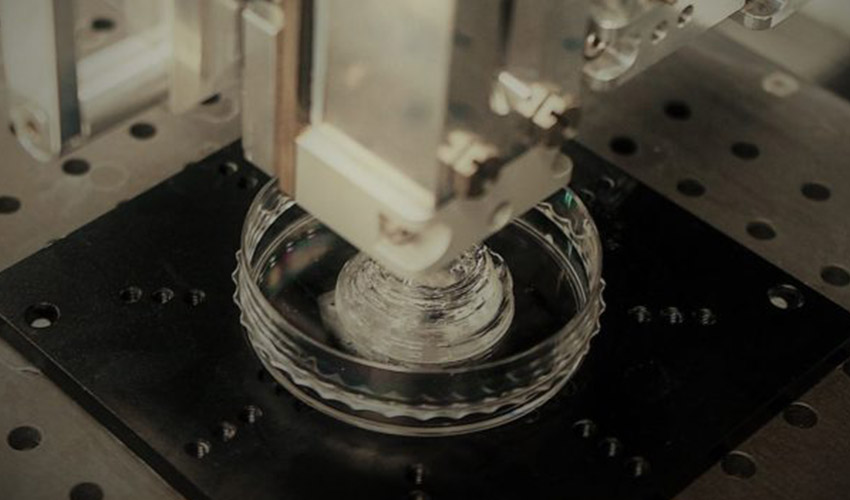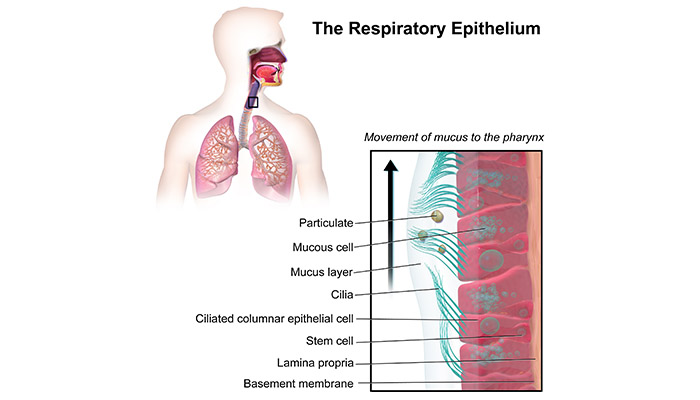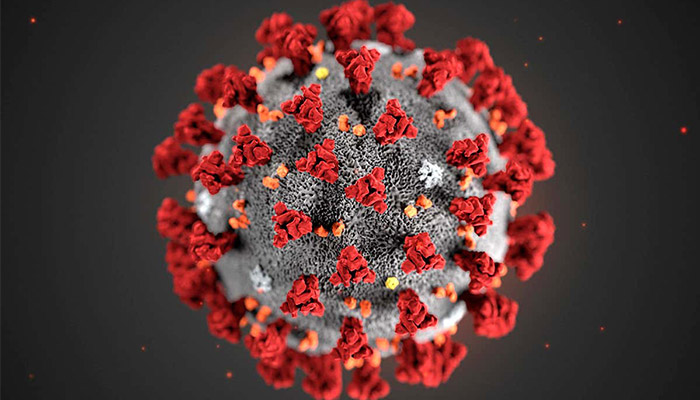Bioprinted epithelium model could accelerate COVID-19 vaccine testing

During the current COVID-19 pandemic, many 3D printing companies launched initiatives to curb the spread of the virus. Many have put their solutions at the service of medical staff and patients by creating 3D printed respirators, ventilators, and other medical equipment. Behind the scenes, researchers are trying to develop as quickly as possible a vaccine. Vaccine testing as we know it is not the most effective way to go about testing quickly. Therefore, bioprinting company CLECELL, based in Korea, is developing a new framework for vaccine testing using additive manufacturing technologies.
The startup was founded in 2017, and has focused on the research and development of artificial tissue. CLECELL has gone on to create a respiratory epithelium model earlier this year using its proprietary 3D bioprinter, the U-FAB, as well as other bioprinting technology. Epithelium is one of the four basic types of tissues in humans, lining the outer surfaces of organs and blood vessels throughout the body, as well as the inner surfaces of cavities in many internal organs. What is so interesting about the model created by CLECELL is that it is expected to become a testbed for the SARS-Cov-2 virus – the virus behind the COVID-19 illness – as well as for research on the mechanisms of various other viruses.

Image via CLECELL
A testbed for COVID-19 vaccine testing?
CLECELL explains that its respiratory epithelium model for in vitro testing was sought out by a team of researchers at Harvard University’s Medical School. At the beginning of April, they received a formal letter of correspondence from Choi-Fong Cho, an assistant professor of neurosurgery at Harvard Medical School, for information on the respiratory epithelium model created with bioprinting technology. CLECELL explains that Cho wanted to research SARS-Cov-2’s effect on vascular structure (the virus’s infection routes). Therefore, creating an in vitro testing platform that mimics human lung tissue via CLECELL’s bioprinting solution was of great interest.
Up until now, the high number of casualties from the COVID-19 pandemic has spiraled a frenetic interest in a cure. Experts are seeking alternate methods of research that could bypass the limitations of contemporary and traditional methods for the creation of vaccines, that could take months. Therefore, CLECELL has plans to collaborate with researchers around the world to offer a testbed for the research of viruses and the development of cures, with plans to carry out research not only on virus infection, but also drug delivery, toxicity, and inflammation.

CLECELL explains that Cho wanted to research SARS-Cov-2’s effect on vascular structure
Along with their U-FAB bioprinter, CLECELL has two other bioprinting platforms, the U-Printer for the development of artificial tissues and organs and U-Skin for reconstructing artificial human skin models. We have yet to see how viable their U-FAB solution is for accelerating the testing of vaccines. “The creation of precise artificial respiratory models through 3D bioprinting technology offers a potential alternative,” commented Young-Jae Cho, a professor at the Department of Pulmonology at Seoul National University Bundang Hospital about CLECELL’s platform. You can find more information HERE.
What do you think of CLECELL’s technology? Let us know in a comment below or in a comment on our Facebook and Twitter page!







